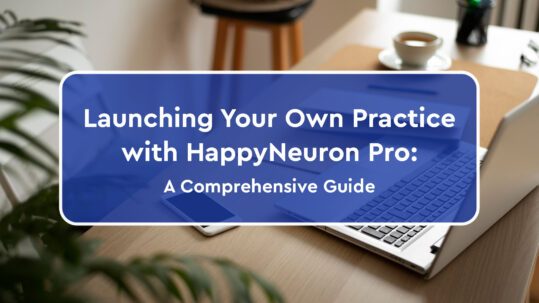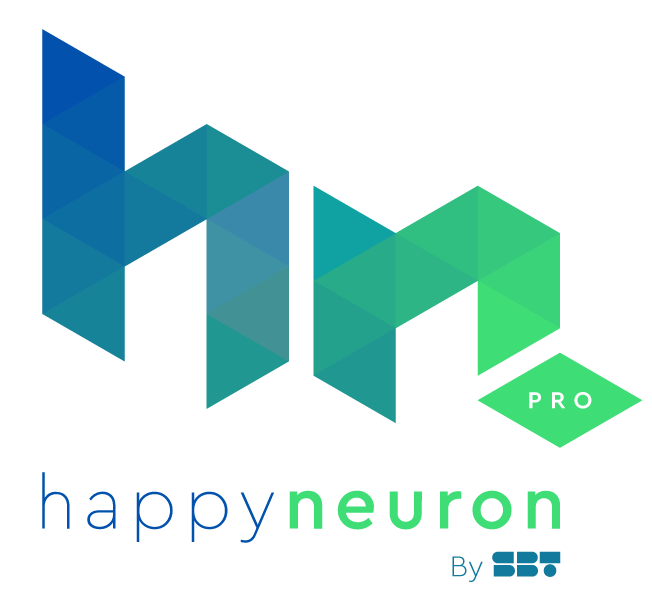5 Video Conferencing Softwares that are HIPAA Compliant
New to telehealth? Here are 5 HIPAA compliant video conferencing platforms that you can use to provide telehealth services for your patients. Each platform has its own strengths and weaknesses. It is important that you make sure that you investigate all of your options before choosing the tool that you will be using. As telehealth is becoming the new normal thing, you can learn how you can adapt it into your personal practice today.
1. VSee

Used by major companies like Walgreens and DaVita, VSee is a telemedicine platform that allows clinicians and patients to easily connect. Started by 2 Stanford University PhD students, VSee offers 3 HIPAA compliant video conferencing options for clinicians like you. VSee also offers telemedicine carts and kits to ensure you have the equipment you need to see your patients.
2. Zoom

Known for video conferencing worldwide, Zoom offers a plan for telehealth services that allows 10 clinicians to use Zoom with their clients. Zoom offers annotation, recording, integration with medical devices, and integration with EPIC for seamless health monitoring and documentation. Plus, it is HIPAA compliant!
3. Thera-Link
Commonly used by mental health professionals, Thera-Link is an ideal tool for professionals providing one-on-one therapy and group therapy. Thera-Link allows for multiple patients to connect and interact with a therapist at one time, making it a great tool for support groups. Thera-Link also has additional security features, such as end-to-end encryption and secure file sharing.
4. RingCentral for Health Care

Commonly used by mental health professionals, Thera-Link is an ideal tool for professionals providing one-on-one therapy and group therapy. Thera-Link allows for multiple patients to connect and interact with a therapist at one time, making it a great tool for support groups. Thera-Link also has additional security features, such as end-to-end encryption and secure file sharing.
5. SimplePractice Telehealth

SimplePractice Telehealth is both mobile and desktop compatible. SimplePractice Telehealth allows for insurance processing, which makes it an ideal tool for both physical and mental health professionals. SimplePractice Telehealth also offers booking tools, customizable client intake forms, and in-app secure messaging. These features allow clinical providers to collect needed information before a session so that therapy time is not wasted on paperwork.
Conclusion
There are many video-conferencing tools on the market, each with their own pros and cons. It is important to view all of the features of each video conferencing tool and ensure that they meet the standards of your organization for health information and confidentiality protection. Not all platforms are HIPAA compliant, which is a must for providing healthcare within the United States. Please review your organization’s guidelines and policies before purchasing a video-conferencing tool. You can learn more about how to provide telehealth for your clients by checking out our blog.









